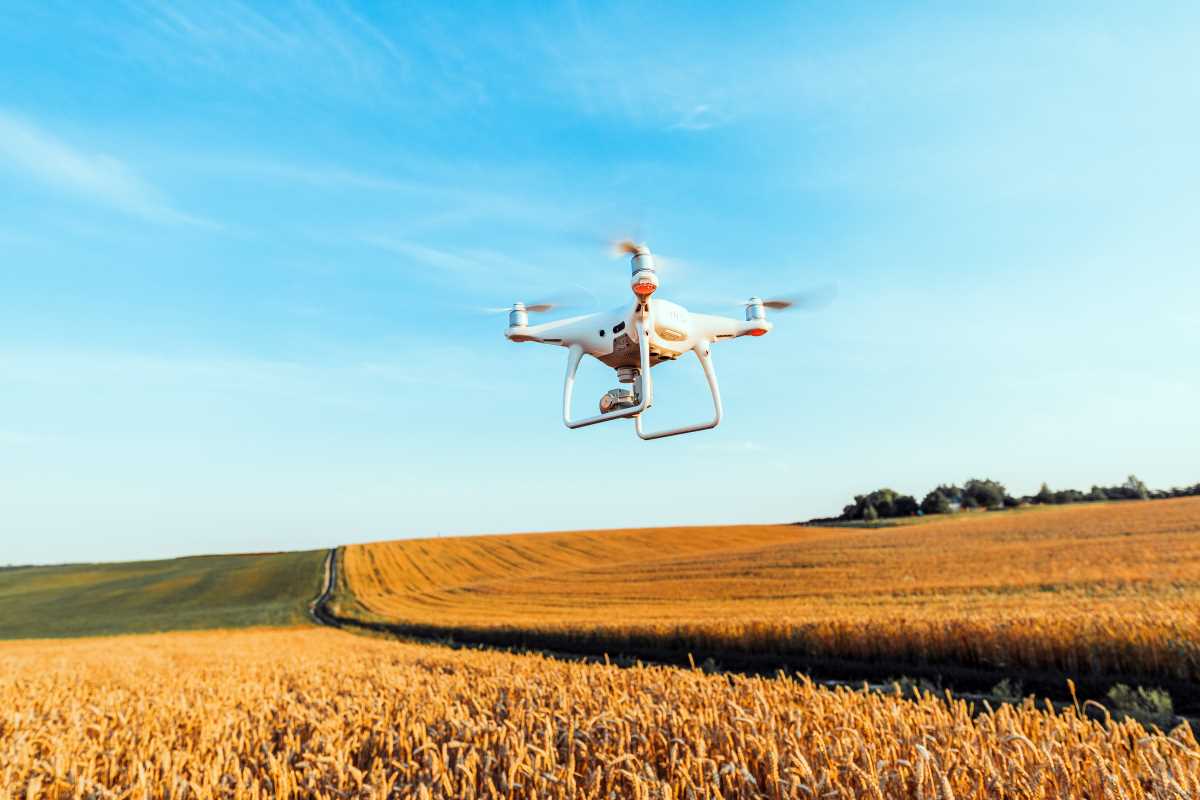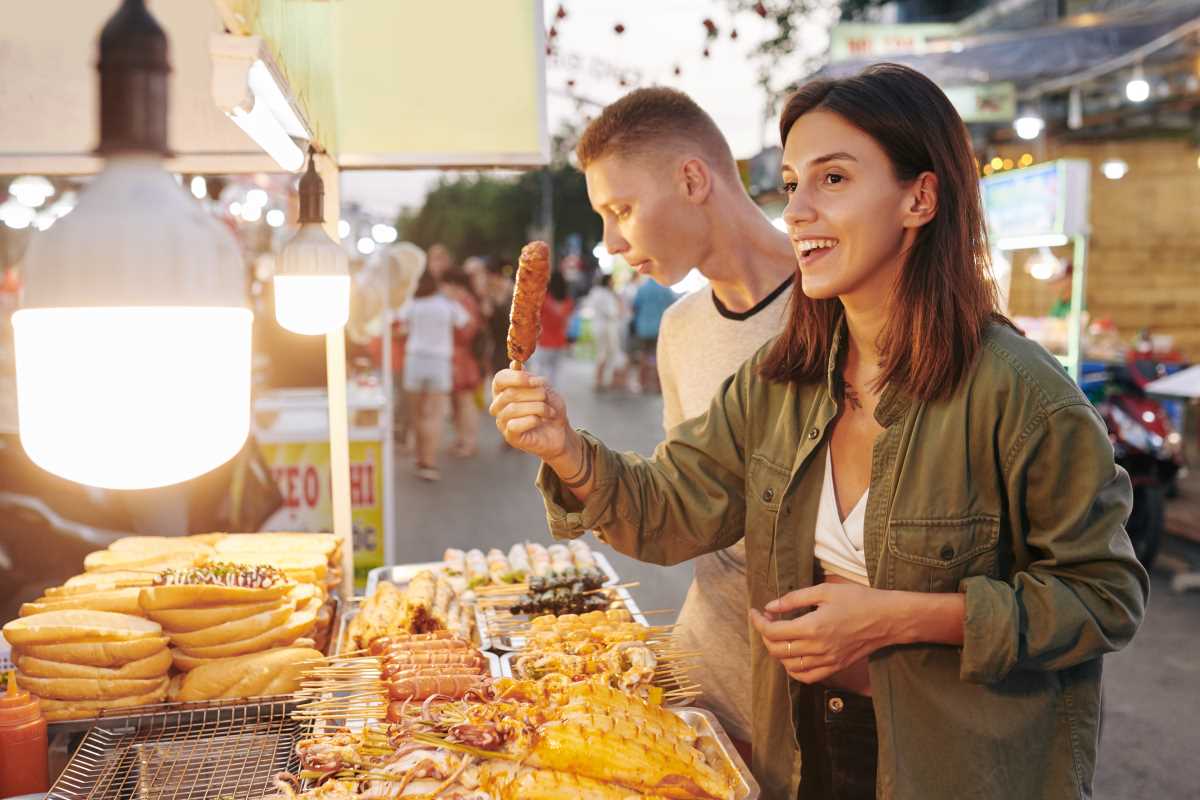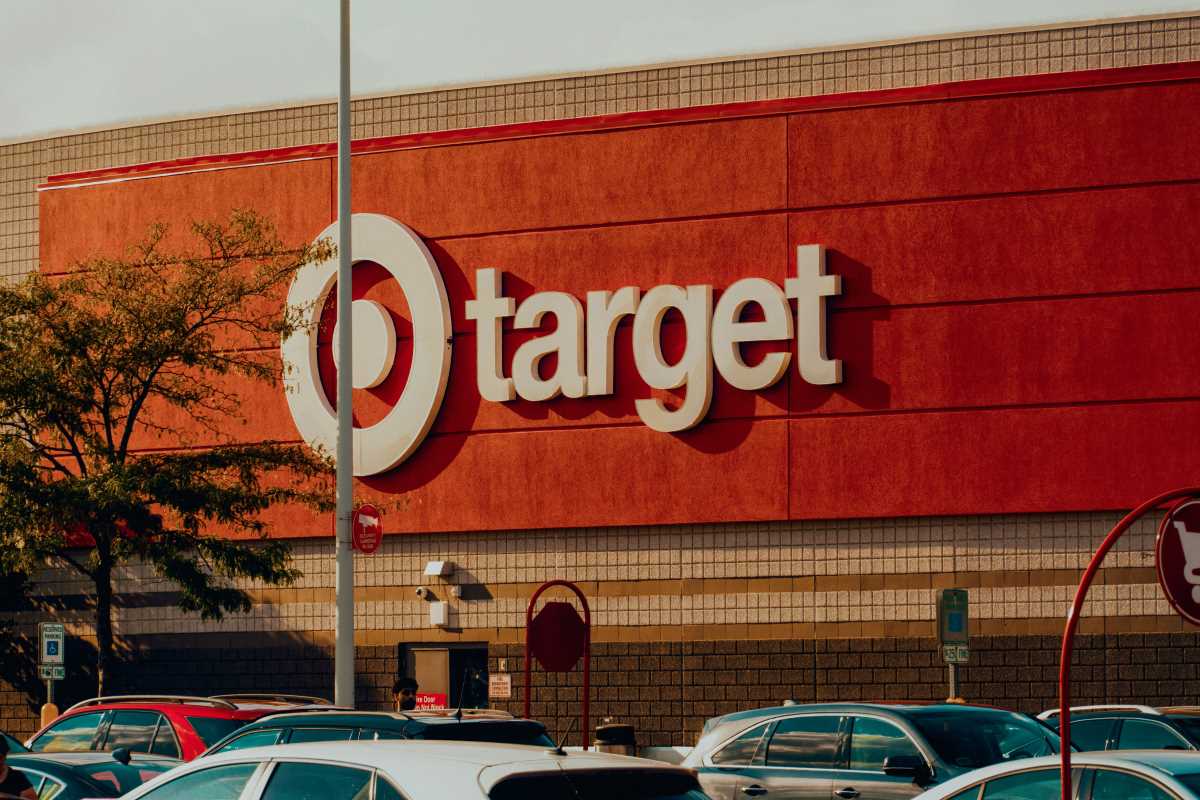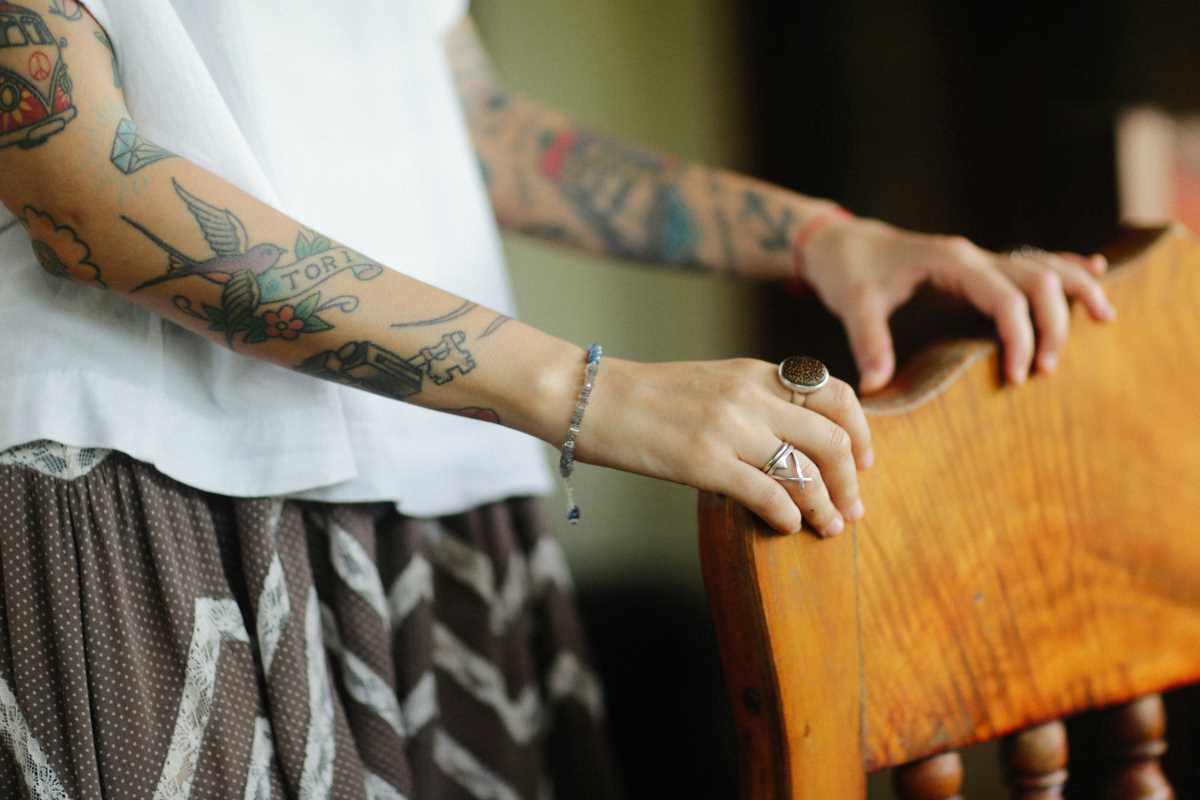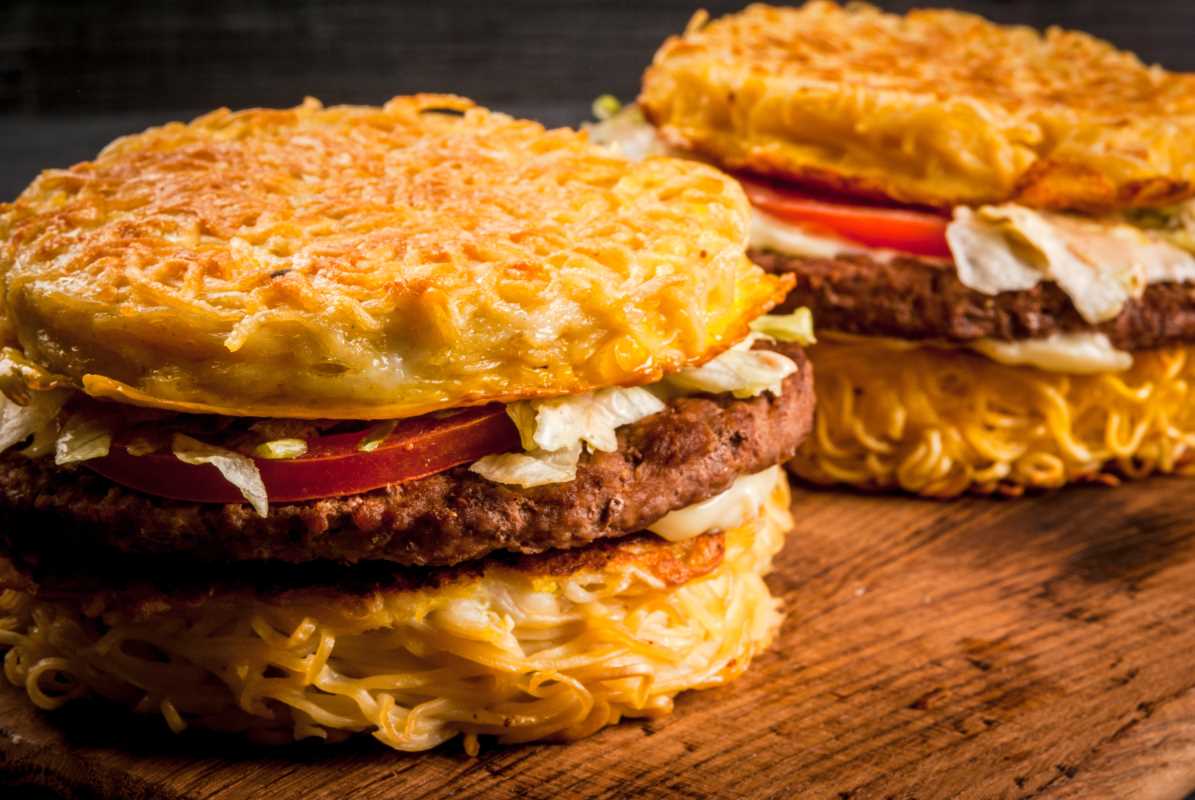Food trends on social media are like fireworks: they explode into your feed, dazzling us with their creativity, and then fizzle out just as quickly. Every year, platforms like TikTok and Instagram churn out countless viral food ideas, some of which become staples in our kitchens, while others make us cringe in hindsight. The year 2024 has seen its fair share of food fads, and not all of them have aged gracefully. Some looked better than they tasted, while others posed real questions about what we were thinking. From unappetizing presentation to trends that sacrificed flavor for aesthetics, it’s time to unpack the memorable mistakes we’ll probably avoid in the future. Grab some popcorn (or don’t, depending on the trend), and let's dig in.
1. The Overloaded Butter Boards
It started back in 2023, and by 2024, butter boards reached a fever pitch. For the uninitiated, a butter board is essentially a charcuterie board where butter replaces the cheeses and meats. Creators spread butter on a wooden board, topping it with everything from edible flowers to exotic salts, nuts, and honey, all served with bread or crackers.
Sure, they look stunning in short-form videos, but the practicality isn't really there. First, there’s the hygiene issue of people scooping butter with crumbs flying everywhere. Then there’s the overwhelming richness. Few people want to shovel spoonfuls of butter into their mouths, no matter how beautifully it’s garnished. By mid-2024, people started questioning if reinventing butter was worth the hype, leaving this trend best served as a gimmick rather than a menu staple.
2. Charcoal Everywhere
Activated charcoal found its way into every corner of 2024’s food scene, from lemonades to ice cream and even pizzas. The claim? Charcoal supposedly offered detox benefits and an edgy, Instagram-worthy black aesthetic. But in practice, the results were less than appetizing. Charcoal’s taste is bland and chalky, often clashing with flavors it was paired with. Worse, experts pointed out that consuming excess charcoal could interfere with medications or digestion.
By the time we hit summer, people were realizing that black ice cream wasn’t worth the stomach aches or the potential health risks. Though it made for dramatic food photos, charcoal-loaded foods ended up being more of a liability than a treat.
3. Cloud Bread Everything
Cloud bread exploded on TikTok last year and carried over into 2024, morphing into quirky creations like rainbow cloud bread, dessert-filled versions, and savory takes. This puffy, meringue-like bread scored points for its soft texture and airy appearance, but in reality, it often disappointed. While visually impressive, most cloud bread variations tasted eggy, dry, or downright flavorless.
What’s worse, many creators pushed it as a “high-protein bread alternative,” but it lacked the satisfying texture and taste that bread lovers crave. Although it grabbed our attention for being both pastel-pretty and low-carb, cloud bread has slowly drifted out of favor, proving that not all substitutes can replace the real thing.
4. Pickle-Flavored Everything
If 2023 was the year of unexpected flavor pairings, 2024 took it a step further with a full-blown pickle takeover. There were pickle-flavored sodas, candies, dips, and even pickle ice cream. While dill pickles themselves are delicious and versatile, forcing their tangy flavor into every corner of the culinary world didn’t always work.
Pickle soda, for example, left us scratching our heads, as the briny flavor failed to mesh with carbonation. Similarly, pickle desserts felt like an experiment gone too far. The backlash was quick, and by spring 2024, pickle-flavored items started vanishing from shelves. It was a reminder that not all quirky combinations deserve to go viral.
5. DIY Fermented Foods Gone Wrong
2024 was the year everyone tried their hand at fermenting, turning their homes into DIY kimchi factories and sourdough starter labs. While fermentation can be rewarding and healthy, the trend spiraled into dangerous territory. Some creators experimented with wild recipes, mixing fruits, vegetables, and sugar without understanding proper food safety precautions.
Without the right tools or guidance, numerous home-fermentation projects failed, often resulting in mold, contamination, or overly funky concoctions that were unsafe to eat. Instead of glamorous success stories, people began sharing horror stories of exploding jars or gastrointestinal mishaps. While fermentation remains valuable, it’s clear that not all TikTok tutorials are a substitute for real instruction.
6. Gelatin-Encased Everything
If you’ve scrolled through Instagram this year, chances are you’ve seen foods suspended in gelatin molds. From pasta salads to entire cheeseboards, this retro-inspired trend was meant to evoke nostalgia while turning food into art. Admittedly, these shiny creations made for mesmerizing videos, but eating them was another story entirely. Gelatin’s gummy texture didn’t enhance complex foods like cheese slices or seasoned meats, and some combinations just felt bizarre.
By fall, most people looked at these gelatin molds as impractical and over-the-top. Despite their fleeting moment of fame, this is one food trend we probably won’t miss at our dinner tables.
Why Do We Keep Falling for These Trends?
Food trends thrive on social media because they’re designed to grab attention. Vibrant colors, unique textures, and dramatic presentations create content that gets clicks, comments, and likes. But what works on-screen doesn’t always translate to real life. Sometimes we chase aesthetics over taste or safety, and the results only become clear in hindsight.
These regrettable trends also show the power of FOMO (fear of missing out). When everyone on your feed is raving about pickle ice cream or making their own butter boards, it’s easy to feel pressure to try it for yourself even if you secretly suspect it might not be great.
What’s Next for Food Trends?
The social media-driven food world is unpredictable, so 2024’s mistakes will likely give way to 2025’s fresh ideas. Maybe we’ll see a focus on sustainability, with trends spotlighting eco-friendly practices. Or perhaps internet creators will rediscover tried-and-true comfort foods instead of chasing elaborate gimmicks.
Whatever the future holds, here’s to approaching food trends with equal parts curiosity and caution. At the end of the day, the best food is the food that makes you happy.
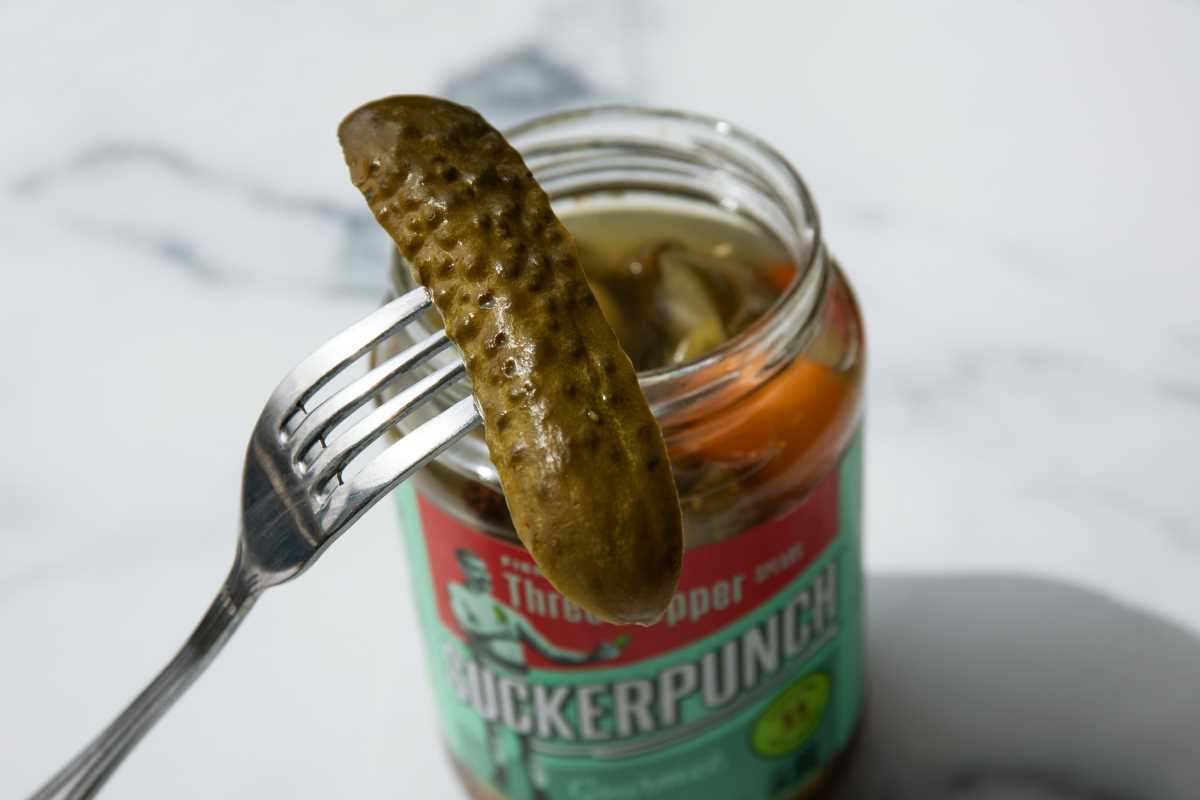 (Image via
(Image via